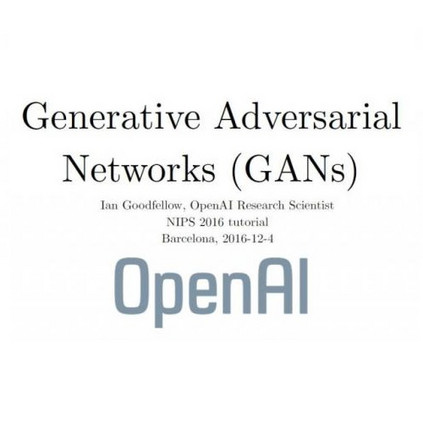Imaging is critical to the characterisation of materials. However, even with careful sample preparation and microscope calibration, imaging techniques are often prone to defects and unwanted artefacts. This is particularly problematic for applications where the micrograph is to be used for simulation or feature analysis, as defects are likely to lead to inaccurate results. Microstructural inpainting is a method to alleviate this problem by replacing occluded regions with synthetic microstructure with matching boundaries. In this paper we introduce two methods that use generative adversarial networks to generate contiguous inpainted regions of arbitrary shape and size by learning the microstructural distribution from the unoccluded data. We find that one benefits from high speed and simplicity, whilst the other gives smoother boundaries at the inpainting border. We also outline the development of a graphical user interface that allows users to utilise these machine learning methods in a 'no-code' environment.
翻译:成像对材料的特性至关重要。 但是,即使经过仔细的样品准备和显微镜校准,成像技术也往往容易出现缺陷和不需要的人工制品。这对于用于模拟或特征分析的显微图的应用来说,这特别成问题,因为缺陷可能导致不准确的结果。微结构成像是缓解这一问题的方法,用合成微结构取代隐蔽区域,用匹配的边界来取代隐蔽的合成微结构。在本文件中,我们采用了两种方法,即利用基因对抗网络,通过学习未隐蔽数据的微结构分布,产生任意形状和大小的相毗连的涂料区域。我们发现一个好处是高速和简便,而另一个好处则是在绘制边界上提供更平滑的界限。我们还概述了一个图形用户界面的发展,使用户能够在“无编码”环境中使用这些机器学习方法。




